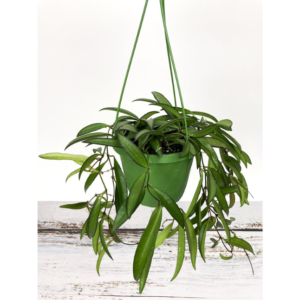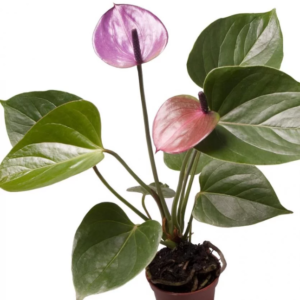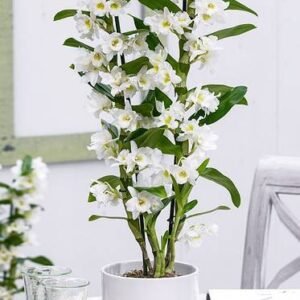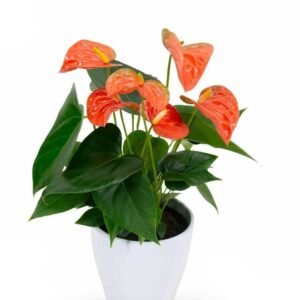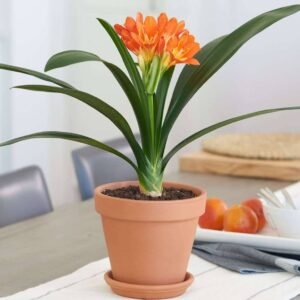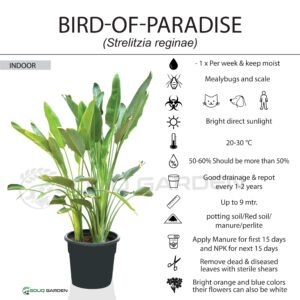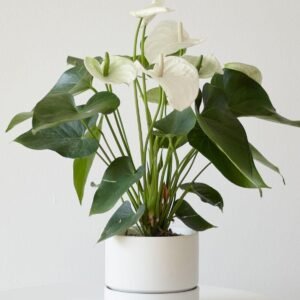| Scientific name | Tillandsia cyanea |
| Common name |
Tillandsia cyanea pink quill |
| Temperature | 18-24 °C |
| Humidity | 50-60% mist if needed |
| Light | Bright indirect light |
| Watering | Once per week and keep moist |
| Pests | Aphids, scale insects and spider mites. |
| Pet friendliness | Not hazardous |
| Maximum plant height | 25-40 cm |
| Potting mix | Potting soil / Red soil / Manure / Perlite |
| Pot requirement | Good drainage and repot every 1-2 years |
| Nutrition | Apply manure once in fortnight and NPK in next fortnight |
| Pruning/training | Remove dead and diseased leaves with sterile shears |
| Flower color | Pink |
| Description | Tillandsia are commonly known as air plants, for their ability to live entirely off of nutrients and moisture in the air in their native habitats. Tillandsia are often found in trees, nestled in the fork of a branch where humidity and dew collects to form moist pockets. Each leaf has a texture designed to collect as much moisture from the air as possible. The many leaves of the plant then funnel water droplets to the base of the plant for its use. Unless you live in a hot and humid rainforest, you will need to provide the water your air plants need. Air plants have evolved in sites which all have superior airflow. It is therefore very important to provide a well-ventilated position for plants to remain healthy. Tillandsia enjoy bright but diffused light, so provide light shade from direct sunshine, particularly under glass. A position in a south-facing window behind a net curtain is ideal. Plants do best if the temperature does not drop below 12°C (54°f) and can tolerate a maximum of 30°C (86°f) if relative humidity is high. The mother plant once it has died completely, can be pruned away, leaving the offsets in situ to grow on; but pruning is not otherwise required. |







